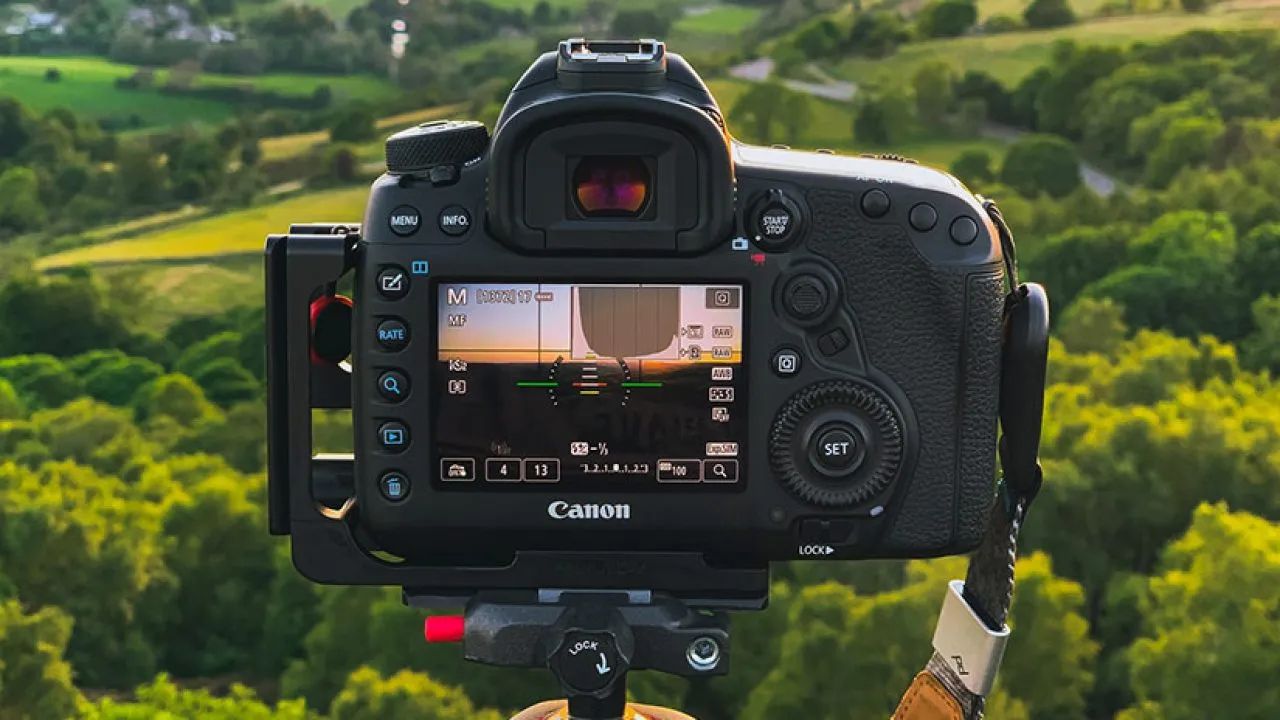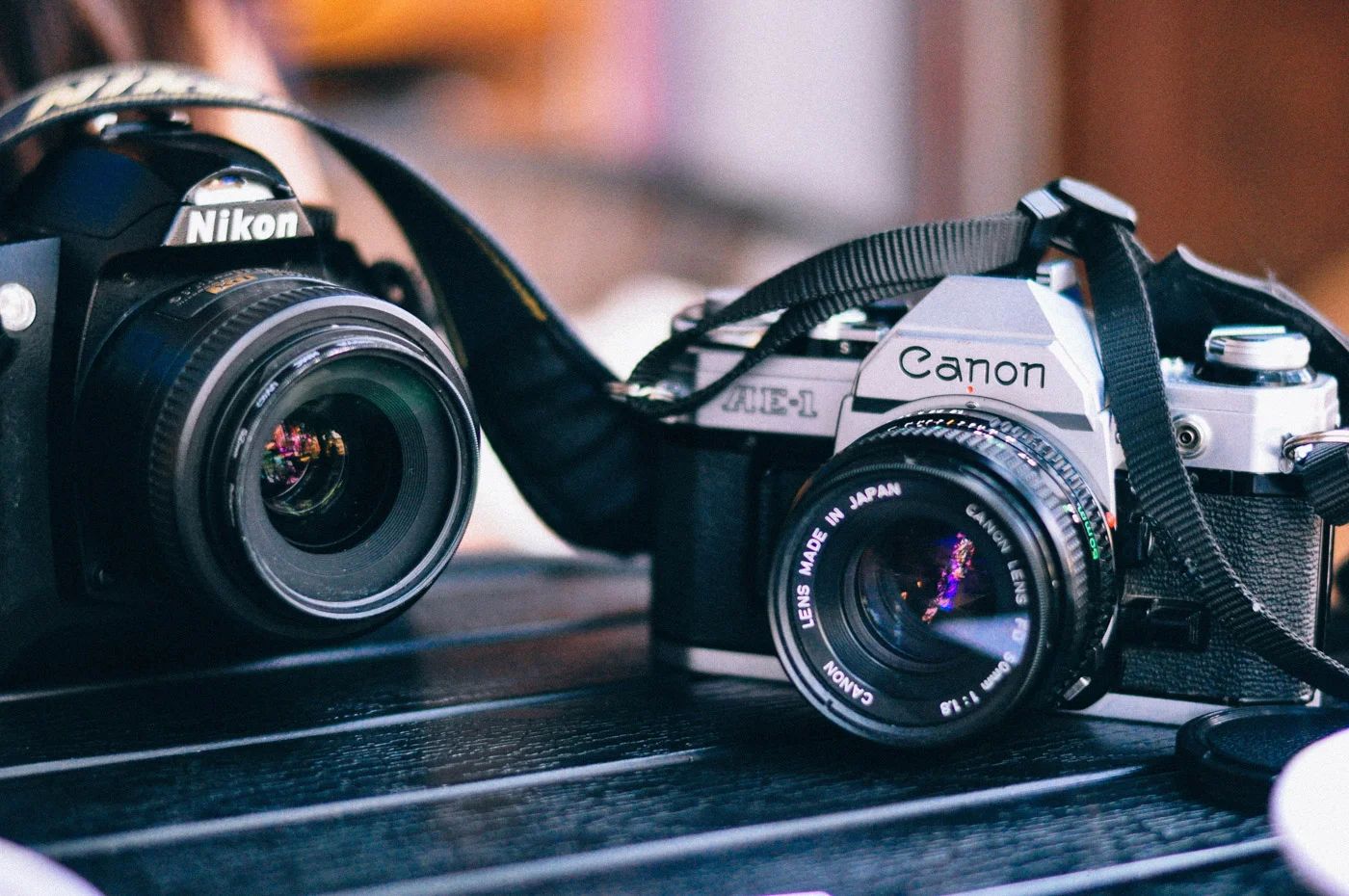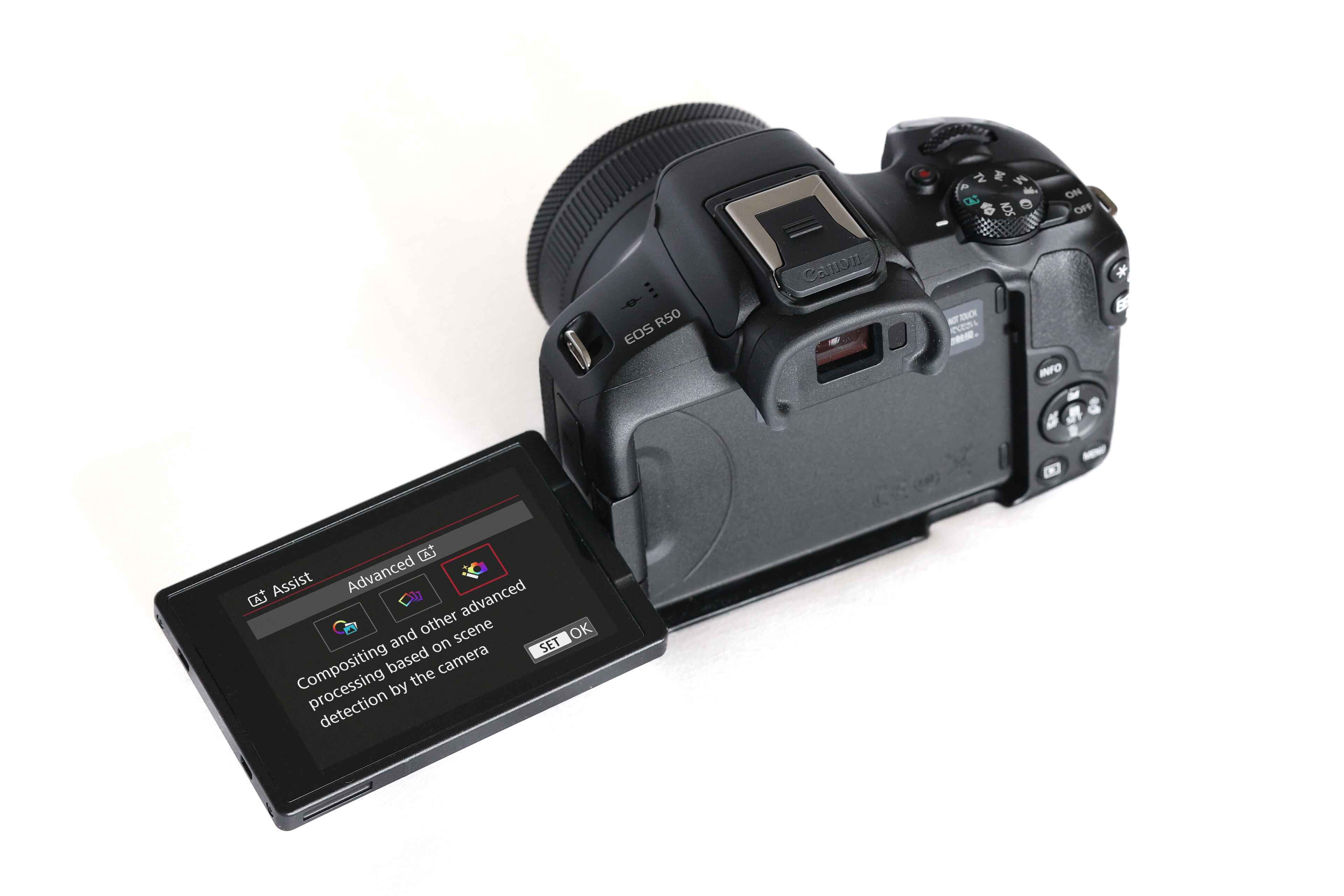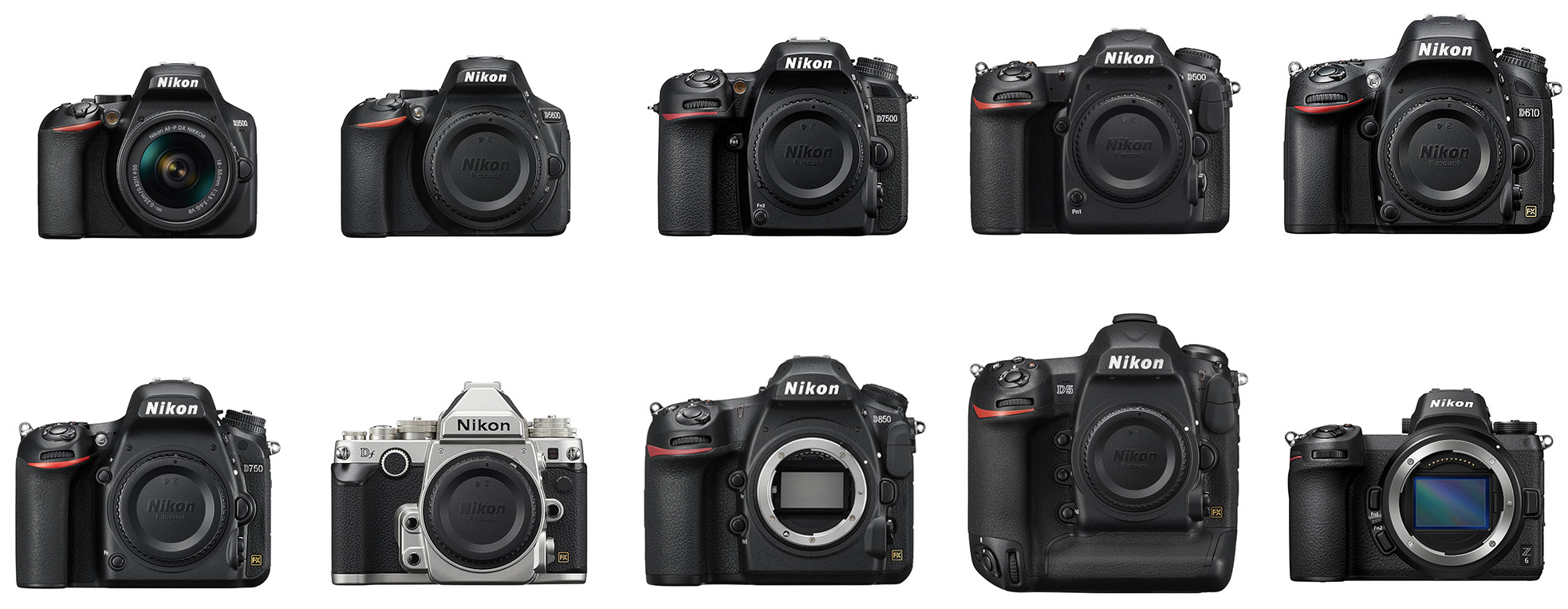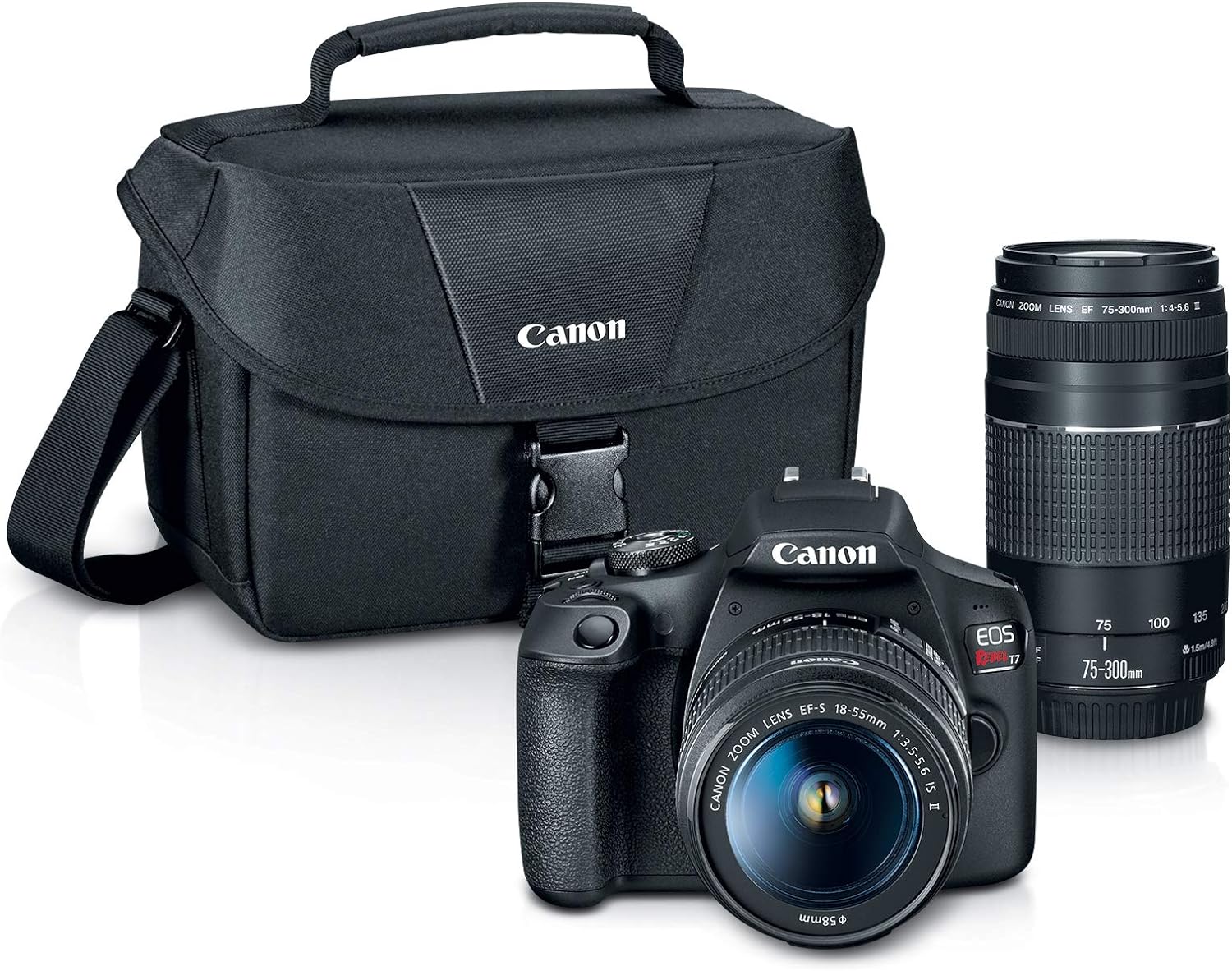Introduction
Welcome to the fascinating world of DSLR photography! If you've ever wondered about the "F" in DSLR camera settings, you're not alone. Understanding the significance of "F" in DSLR cameras is a crucial step toward mastering the art of photography. In this article, we'll delve into the fundamental aspects of aperture, shutter speed, and ISO, shedding light on the role of "F" in these settings and its impact on your photographic endeavors.
As an aspiring photographer, familiarizing yourself with the technical aspects of DSLR cameras is paramount. The "F" in DSLR cameras is closely tied to the concept of aperture, which plays a pivotal role in capturing stunning images. By grasping the interplay between aperture, shutter speed, and ISO, you'll gain the knowledge needed to harness the full potential of your DSLR camera and elevate your photography skills to new heights.
Are you ready to embark on an enlightening journey through the intricacies of DSLR photography? Let's start by unraveling the mysteries of aperture, where the significance of the "F" setting becomes abundantly clear.
Understanding Aperture
Aperture, denoted by the "F" value on your DSLR camera, refers to the opening in the lens through which light passes. The "F" value represents the size of the aperture, and it has a direct impact on the amount of light that reaches the camera sensor. Understanding the relationship between the "F" value and aperture size is essential for achieving the desired exposure and depth of field in your photographs.
When you adjust the "F" value on your DSLR camera, you are essentially altering the size of the aperture. A lower "F" value, such as F/2.8, corresponds to a wider aperture, allowing more light to enter the camera. Conversely, a higher "F" value, such as F/16, signifies a narrower aperture, resulting in reduced light intake. This manipulation of the aperture size directly influences the exposure of your images, enabling you to control the brightness and achieve the desired visual impact.
Besides its influence on exposure, the "F" value also affects the depth of field in your photographs. A lower "F" value (wider aperture) creates a shallow depth of field, ideal for isolating subjects against a beautifully blurred background, commonly seen in portrait photography. On the other hand, a higher "F" value (narrow aperture) yields a greater depth of field, keeping more elements in the scene sharply in focus, which is advantageous for landscape photography.
Mastering the manipulation of aperture settings, as indicated by the "F" value, empowers you to exercise creative control over the visual impact of your photographs. Whether you seek to capture intimate close-ups with stunning bokeh or expansive landscapes with intricate detail, understanding the "F" value’s role in aperture settings is pivotal to realizing your photographic vision.
Understanding Shutter Speed
Shutter speed, a critical component of DSLR photography, governs the duration for which the camera’s shutter remains open, determining the amount of light that reaches the camera sensor. The "F" in DSLR cameras, in conjunction with shutter speed, significantly influences the exposure and visual dynamics of your photographs.
Expressed in seconds or fractions of a second, such as 1/1000 or 1", shutter speed directly impacts the depiction of motion in your images. A faster shutter speed, denoted by a higher numerical value (e.g., 1/1000), freezes fast-paced action, making it ideal for capturing sports, wildlife, or any dynamic scene where motion needs to be sharply captured. Conversely, a slower shutter speed, indicated by a lower numerical value (e.g., 1/30), introduces a sense of motion blur, lending a dynamic and artistic quality to moving subjects, such as flowing water or traffic trails in night photography.
The interplay between the "F" value and shutter speed is crucial for achieving the desired exposure while effectively capturing motion in your photographs. When using a wider aperture (lower "F" value) to allow more light into the camera, you may need to adjust the shutter speed to prevent overexposure. Conversely, with a narrower aperture (higher "F" value), a slower shutter speed may be necessary to maintain a well-exposed image, especially in low-light conditions.
Understanding the impact of shutter speed, in conjunction with the "F" value and aperture settings, equips you with the knowledge to skillfully manage exposure and motion in your photography. Whether freezing the split-second action of a sporting event or capturing the graceful flow of a waterfall, mastering shutter speed alongside the "F" value unlocks a realm of creative possibilities in DSLR photography.
Understanding ISO
ISO, a crucial element in DSLR photography, represents the camera sensor’s sensitivity to light. The ISO setting, in conjunction with the "F" value and shutter speed, plays a pivotal role in achieving the desired exposure and image quality in various lighting conditions.
When adjusting the ISO setting on your DSLR camera, you are essentially regulating the sensor’s sensitivity to light. A lower ISO value, such as ISO 100, renders the sensor less sensitive to light, producing images with minimal noise and optimal clarity, particularly in well-lit environments. Conversely, a higher ISO value, such as ISO 1600 or higher, enhances the sensor’s sensitivity, enabling you to capture well-exposed images in low-light situations, albeit with a potential increase in digital noise.
The relationship between the "F" value, shutter speed, and ISO is integral to achieving the desired exposure while maintaining image quality. In conjunction with the aperture and shutter speed settings, the ISO value allows you to adapt to varying lighting conditions, empowering you to capture compelling images in diverse environments, from bright outdoor settings to dimly lit interiors.
Understanding the impact of ISO, in tandem with the "F" value and shutter speed, equips you with the knowledge to navigate the intricacies of exposure and image quality in DSLR photography. By skillfully managing the ISO setting alongside aperture and shutter speed, you can confidently capture stunning images across a spectrum of lighting scenarios, ensuring that your photographic vision is realized with precision and finesse.
Conclusion
Congratulations on delving into the essential components of DSLR photography, where the significance of the "F" setting in aperture, shutter speed, and ISO settings has been demystified. By unraveling the intricacies of the "F" value and its interplay with these fundamental elements, you have gained valuable insights into the art and science of capturing compelling images with your DSLR camera.
As you continue your photographic journey, armed with a deeper understanding of the "F" setting’s role in aperture, shutter speed, and ISO, you are well-equipped to exercise creative control over exposure, motion, and image quality in diverse shooting conditions. Whether you aim to craft captivating portraits with exquisite bokeh, freeze the exhilarating action of sports and wildlife, or artistically capture the nuances of low-light scenes, your newfound knowledge of the "F" value’s impact on DSLR settings will serve as a guiding light in your photographic pursuits.
Embrace the artistry and technical finesse that DSLR photography offers, and let the "F" setting empower you to translate your creative vision into stunning visual narratives. With each click of the shutter, harness the synergy of aperture, shutter speed, and ISO, guided by the nuanced influence of the "F" value, to craft images that resonate with depth, emotion, and visual allure.
May your photographic odyssey be enriched by the mastery of DSLR settings, where the enigmatic "F" value becomes a steadfast ally in your quest to capture the beauty and essence of the world through the lens of your DSLR camera.







